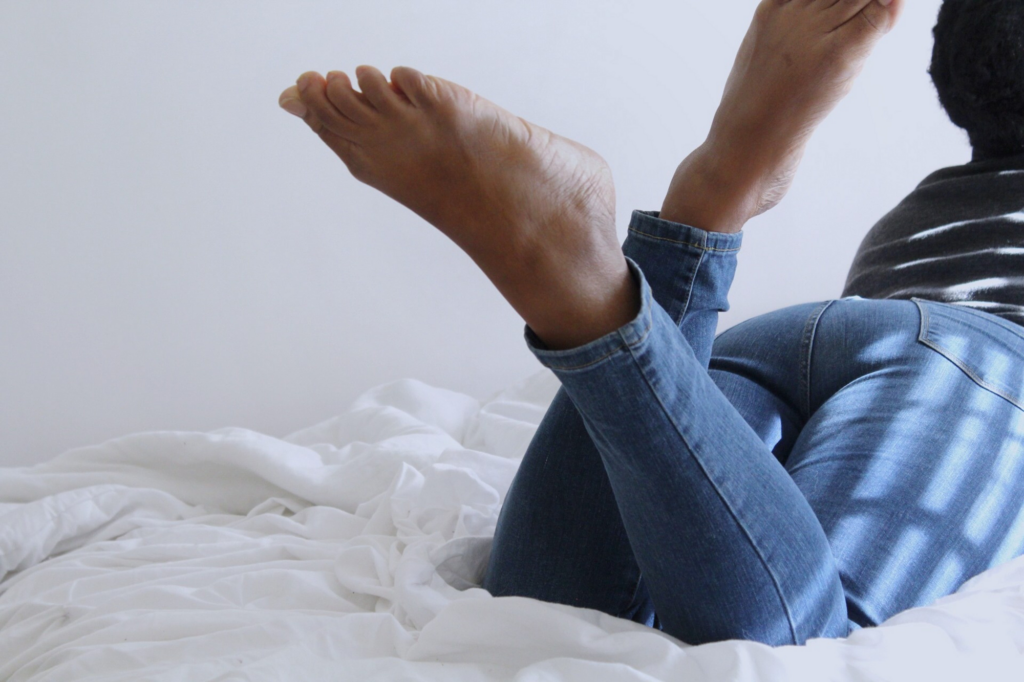If you have an active lifestyle or work on your feet all day, then you know how invigorating a foot massage can be. But if you want to go beyond the temporary relief that a foot massage can give, try reflexology.
What is Reflexology?
This is a form of bodywork that involves applying direct pressure to the hands and feet to stimulate different organs in the body.
In reflexology, certain points on the feet is connected to specific organs and body parts. By stimulating the points on the feet, energy can be directed or re-directed to promote health and healing.
By applying pressure to reflex areas, a reflexologist is said to remove energy blockages and promote health in the related body area.
The image below shows reflex areas and their corresponding body parts:
The Benefits of Reflexology
- Eases stress
- Improves arthritis
- Aids digestive disorders
- Balances hormone levels
- Cleanse the body of toxins
- Addresses menstrual problems
- Helps with back pain
- Relieves tension headaches and migraines
- Increases circulation
- Boosts immunity
What to Expect in a Reflexology Session
Your 30- to 60-minute session will begin with a health history assessment by the reflexologist. After removing your shoes and socks, you’ll sit in a reclining chair or on a massage table.
During the session, the reflexologist will use the fingers or thumbs to apply pressure to specific parts of the foot. Lotion or oil may be used to allow for ease of movement along the foot. Other tools like massage balls or brushes may be used.
You may feel sensitivity or tenderness during a session. This usually indicates a weakness or imbalance in the corresponding organ. Reflexology can help unblock energy by directing nerve energy and moving blood flow and nutrients.
Always consult your physician before trying reflexology.
